Home>Renovation & DIY>Home Renovation Guides>What To Do With Attic Crawl Space
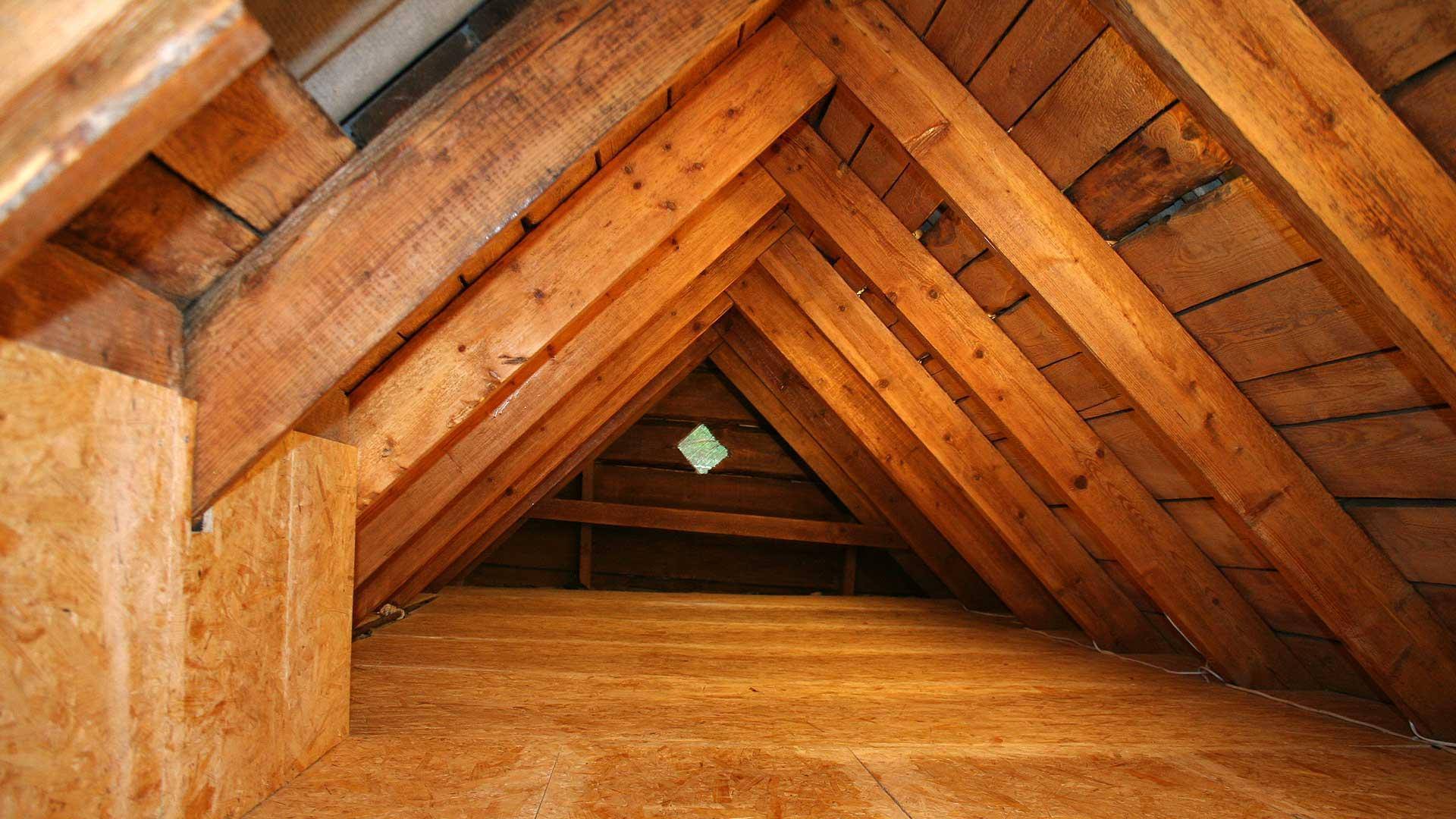

Home Renovation Guides
What To Do With Attic Crawl Space
Modified: April 22, 2024
Discover expert tips for utilizing your attic crawl space in our comprehensive home renovation guide. Maximize your home's potential today!
(Many of the links in this article redirect to a specific reviewed product. Your purchase of these products through affiliate links helps to generate commission for Storables.com, at no extra cost. Learn more)
Inspect the Attic Crawl Space
Before embarking on any renovation or improvement project, it's crucial to conduct a thorough inspection of the attic crawl space. This often-overlooked area of the home can harbor a multitude of issues that, if left unaddressed, can lead to significant problems down the line. Here's a step-by-step guide to inspecting the attic crawl space and identifying potential areas for improvement:
-
Access the Attic Crawl Space: Begin by locating the access point to the attic crawl space. This may be a small hatch in the ceiling or a dedicated doorway in a closet or hallway. Use caution when accessing the attic, as it may involve climbing a ladder and navigating through a confined space.
-
Check for Signs of Moisture: Once inside the attic crawl space, use a flashlight to carefully examine the area for any signs of moisture or water damage. Look for water stains on the walls or ceiling, as well as any musty odors that could indicate the presence of mold or mildew.
-
Inspect the Insulation: Take note of the condition of the insulation in the attic crawl space. Over time, insulation can become compressed or displaced, reducing its effectiveness. Look for areas where insulation may be missing or damaged, as this can impact the energy efficiency of your home.
-
Examine the Structural Elements: Carefully inspect the beams, joists, and rafters in the attic crawl space for any signs of damage or deterioration. Look for cracks, sagging, or evidence of pest infestation, as these issues can compromise the structural integrity of the space.
-
Check for Pests: Keep an eye out for signs of pest activity, such as droppings, nesting materials, or gnaw marks. Rodents, insects, and other pests can cause significant damage to the attic crawl space and may pose health risks to occupants of the home.
-
Evaluate Ventilation and Air Circulation: Assess the ventilation and air circulation in the attic crawl space. Inadequate ventilation can lead to moisture buildup and poor air quality, so it's important to ensure that the space is properly ventilated.
By thoroughly inspecting the attic crawl space, homeowners can gain valuable insights into the condition of this often-neglected area of the home. Identifying any issues early on can help prevent more extensive damage and costly repairs in the future.
Key Takeaways:
- Don’t overlook your attic crawl space! Inspect for moisture, pests, and structural issues to prevent future problems and costly repairs. A thorough inspection can save you time and money in the long run.
- Transform your attic crawl space into a functional storage area. Clear out clutter, install proper flooring and shelving, and consider climate control to maximize space and keep belongings organized and safe.
Read more: What Is A Crawl Space?
Clean and Declutter the Attic Crawl Space
Cleaning and decluttering the attic crawl space is a crucial step in maintaining a healthy and functional home environment. Over time, this often-overlooked area can accumulate dust, debris, and unwanted items, leading to potential issues such as poor air quality, pest infestations, and reduced energy efficiency. By taking the time to thoroughly clean and declutter the attic crawl space, homeowners can create a safer, more comfortable living environment while also preparing the space for potential renovations or improvements.
Clear Out Unwanted Items
The first step in decluttering the attic crawl space is to remove any unwanted items and debris that may have accumulated over time. This can include old furniture, boxes of unused belongings, and general clutter that has found its way into the space. By clearing out these items, homeowners can create a clean slate for future use of the attic crawl space and prevent potential fire hazards or pest nesting areas.
Dust and Sweep
Once the space is cleared of unwanted items, it's important to thoroughly dust and sweep the attic crawl space to remove any accumulated dirt and debris. This not only improves the overall cleanliness of the space but also helps to reduce allergens and improve air quality within the home. Using a vacuum with a HEPA filter can be particularly effective in capturing fine particles and ensuring a thorough clean.
Address Mold and Mildew
In instances where moisture or water damage has been identified during the inspection, it's essential to address any mold or mildew growth in the attic crawl space. This may involve cleaning affected areas with a solution of water and detergent or utilizing specialized mold remediation products. It's important to wear protective gear, such as gloves and a mask, when dealing with mold to minimize exposure to potentially harmful spores.
Read more: How To Crawl Through An Attic
Organize Storage Items
For homeowners considering using the attic crawl space for storage, organizing items in a systematic manner can help maximize the available space and facilitate easy access to stored belongings. Utilizing labeled storage bins, shelving units, and clear plastic containers can help keep items organized and prevent future clutter from accumulating in the space.
Consider Professional Cleaning Services
In cases where the attic crawl space requires extensive cleaning or remediation, homeowners may opt to enlist the services of professional cleaners or restoration specialists. These professionals have the expertise and equipment to thoroughly clean and sanitize the space, addressing any mold, pest infestations, or other issues that may be present.
By taking the time to clean and declutter the attic crawl space, homeowners can create a healthier and more functional environment within their homes. This sets the stage for potential renovations or improvements, while also contributing to the overall well-being of the household.
Install Insulation in the Attic Crawl Space
Proper insulation is essential for maintaining a comfortable and energy-efficient home, and the attic crawl space is a critical area where insulation plays a significant role. Installing insulation in the attic crawl space can help regulate indoor temperatures, reduce energy costs, and prevent moisture-related issues. Here's a detailed guide on the process of installing insulation in the attic crawl space:
Assess the Insulation Needs
Before proceeding with the installation, it's important to assess the insulation needs of the attic crawl space. Factors such as the climate zone, existing insulation condition, and the intended use of the space should be taken into consideration. Additionally, identifying any areas of air leakage or inadequate insulation coverage is crucial for determining the type and amount of insulation required.
Read more: What Is A Crawl Space In A House
Choose the Right Insulation Material
There are various insulation materials available, each with its own set of benefits and considerations. Common options include fiberglass batts, spray foam, cellulose, and mineral wool. The choice of insulation material should align with the specific needs of the attic crawl space, such as moisture resistance, fire safety, and thermal performance.
Prepare the Attic Crawl Space
Preparation is key to ensuring a successful insulation installation. This involves clearing the space of any debris, dust, or existing insulation that may be damaged or ineffective. Additionally, sealing any air leaks, repairing damaged surfaces, and addressing moisture issues are essential preparatory steps to create a suitable environment for insulation installation.
Install the Insulation
The actual installation process may vary depending on the chosen insulation material. For fiberglass batts, careful handling and precise fitting between joists and rafters are crucial to achieve optimal coverage and thermal performance. When using spray foam insulation, professional application is recommended to ensure even distribution and proper sealing of gaps and voids.
Consider Vapor Barriers and Ventilation
In some climates, the installation of a vapor barrier may be necessary to prevent moisture from infiltrating the insulation. Additionally, ensuring adequate ventilation in the attic crawl space is important for maintaining proper air circulation and preventing moisture buildup, which can compromise the effectiveness of the insulation and lead to mold growth.
Read more: What Is A Crawl Space Foundation
Evaluate Energy Efficiency and Comfort
Once the insulation is installed, homeowners can expect to experience improved energy efficiency and enhanced comfort within their homes. Properly insulated attic crawl spaces contribute to more consistent indoor temperatures, reduced energy consumption for heating and cooling, and a quieter living environment due to sound-dampening properties of insulation materials.
By following these steps and considerations, homeowners can effectively install insulation in the attic crawl space, reaping the benefits of improved energy efficiency, enhanced comfort, and a well-maintained home environment.
Seal and Waterproof the Attic Crawl Space
Sealing and waterproofing the attic crawl space is a critical step in maintaining the structural integrity of the home and preventing moisture-related issues that can lead to costly repairs and health concerns. By creating a barrier against water intrusion and humidity, homeowners can safeguard their property and ensure a healthier living environment. Here's a comprehensive guide to effectively seal and waterproof the attic crawl space:
Assess the Current Condition
Begin by assessing the current condition of the attic crawl space. Look for signs of water damage, such as damp insulation, water stains, or visible mold growth. Additionally, check for any cracks or gaps in the walls, foundation, or around pipes and vents that may allow water to enter the space. Identifying these areas of vulnerability is crucial for developing an effective sealing and waterproofing plan.
Address Structural Issues
Before proceeding with sealing and waterproofing, it's essential to address any underlying structural issues that may contribute to water intrusion. This may involve repairing damaged roofing, addressing foundation cracks, and ensuring proper drainage around the perimeter of the home. By addressing these structural concerns, homeowners can mitigate the risk of water entering the attic crawl space.
Read more: What R-Value For Crawl Space Insulation
Seal Air Leaks and Gaps
Sealing air leaks and gaps is a fundamental aspect of waterproofing the attic crawl space. Use caulking or foam sealant to fill in gaps around windows, doors, electrical penetrations, and plumbing fixtures. Additionally, ensure that the access door or hatch is properly sealed to prevent air and moisture infiltration. By creating a tight seal, homeowners can minimize the risk of water vapor entering the space.
Install a Vapor Barrier
Installing a vapor barrier is crucial for controlling moisture levels in the attic crawl space. A high-quality vapor barrier, such as a reinforced polyethylene sheet, should be installed on the walls and floor to prevent moisture from seeping through and causing damage to the structural elements and insulation. Proper installation and sealing of the vapor barrier are essential for its effectiveness.
Consider Waterproofing Coatings
Applying waterproofing coatings to the walls and floor of the attic crawl space can provide an additional layer of protection against moisture. Waterproofing paints or coatings designed for use in below-grade spaces can help create a durable and moisture-resistant surface, further safeguarding the area from water intrusion.
Ensure Proper Ventilation
Proper ventilation is essential for controlling humidity levels in the attic crawl space. Install vents or a mechanical ventilation system to promote air circulation and prevent moisture buildup. Adequate ventilation helps expel excess moisture and maintain a dry, healthy environment within the attic crawl space.
By diligently sealing and waterproofing the attic crawl space, homeowners can fortify their homes against water damage and create a more resilient living environment. This proactive approach to moisture control not only protects the structural integrity of the property but also contributes to the overall well-being of the household.
Read more: What Is A Crawl Space Basement?
Consider Using the Attic Crawl Space for Storage
The attic crawl space, often underutilized and overlooked, presents a valuable opportunity for homeowners to maximize their storage capacity and declutter living spaces. Transforming this often-neglected area into a functional storage space can significantly enhance the organization and efficiency of the home. Here's a detailed exploration of the steps and considerations involved in utilizing the attic crawl space for storage:
Assess the Feasibility
Before embarking on the storage transformation, it's essential to assess the feasibility of using the attic crawl space for storage. Evaluate the structural integrity of the space, considering factors such as weight-bearing capacity, accessibility, and existing insulation. Additionally, consider any local building codes or regulations that may impact the use of the attic crawl space for storage.
Clear and Prepare the Space
Clearing and preparing the attic crawl space is the initial step in the storage transformation process. Remove any remaining debris, dust, and unwanted items from the space. Thoroughly clean the area to create a suitable environment for storing belongings. Address any existing insulation or moisture issues to ensure the space is conducive to storing items safely.
Install Proper Flooring and Shelving
To facilitate efficient storage, consider installing a suitable flooring surface in the attic crawl space. This may involve laying plywood or other sturdy materials to create a stable and level surface for storing items. Additionally, installing shelving units or storage racks can help maximize the use of vertical space and keep stored items organized and easily accessible.
Consider Climate Control and Protection
Given the potential for temperature fluctuations and humidity in the attic crawl space, it's important to consider climate control and protection for stored items. Utilize sealed plastic containers or bins to protect belongings from dust, moisture, and pests. Consider incorporating temperature and humidity monitoring devices to ensure the preservation of sensitive items.
Organize and Label Stored Items
Effective organization is key to maximizing the utility of the attic crawl space for storage. Categorize and label stored items to facilitate easy retrieval and prevent clutter. Utilize clear containers and labeling systems to maintain a clear inventory of stored belongings, making it easier to locate specific items when needed.
Regular Maintenance and Monitoring
Once the attic crawl space is transformed into a storage area, regular maintenance and monitoring are essential. Periodically inspect the stored items and the condition of the space to address any potential issues promptly. This proactive approach helps ensure the longevity and safety of stored belongings.
By considering these steps and factors, homeowners can effectively utilize the attic crawl space for storage, unlocking valuable space within their homes and enhancing overall organization and functionality. This transformation not only contributes to a more organized living environment but also adds practical value to the home.
Frequently Asked Questions about What To Do With Attic Crawl Space
Was this page helpful?
At Storables.com, we guarantee accurate and reliable information. Our content, validated by Expert Board Contributors, is crafted following stringent Editorial Policies. We're committed to providing you with well-researched, expert-backed insights for all your informational needs.
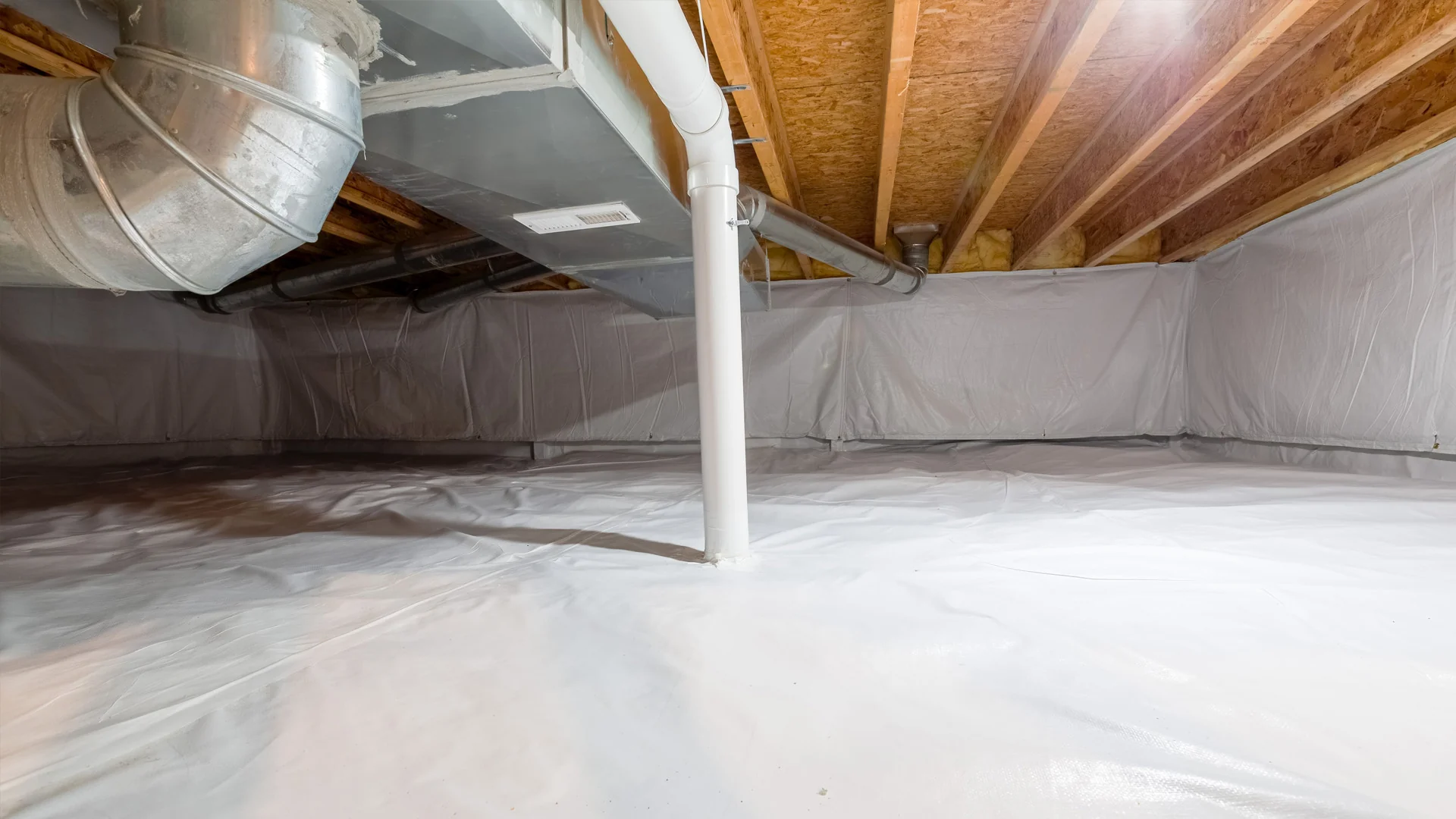
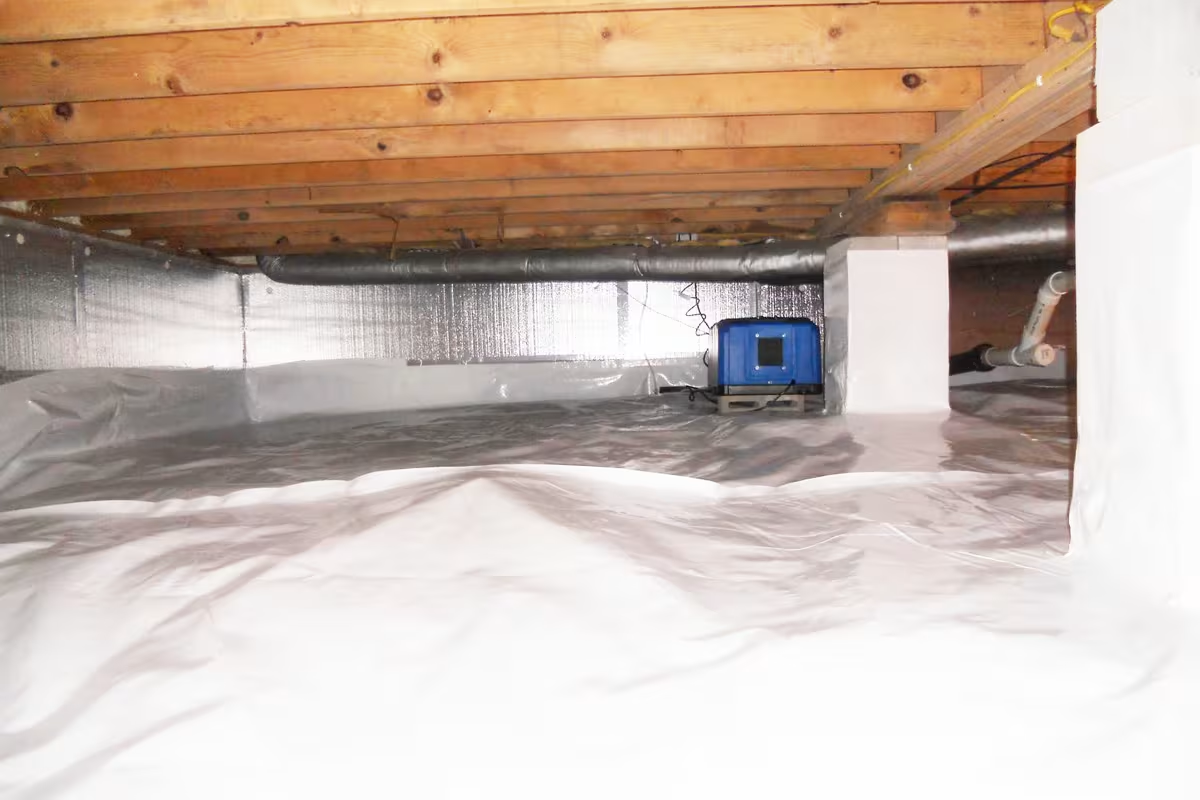
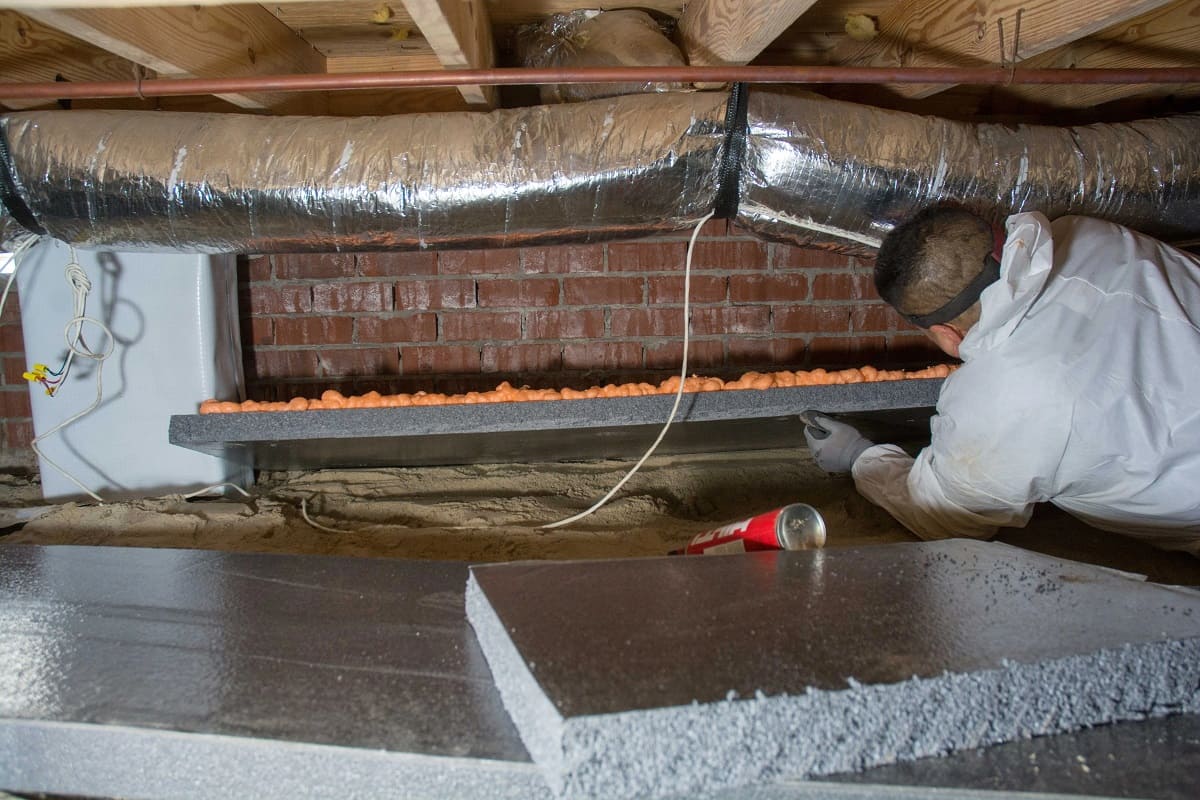
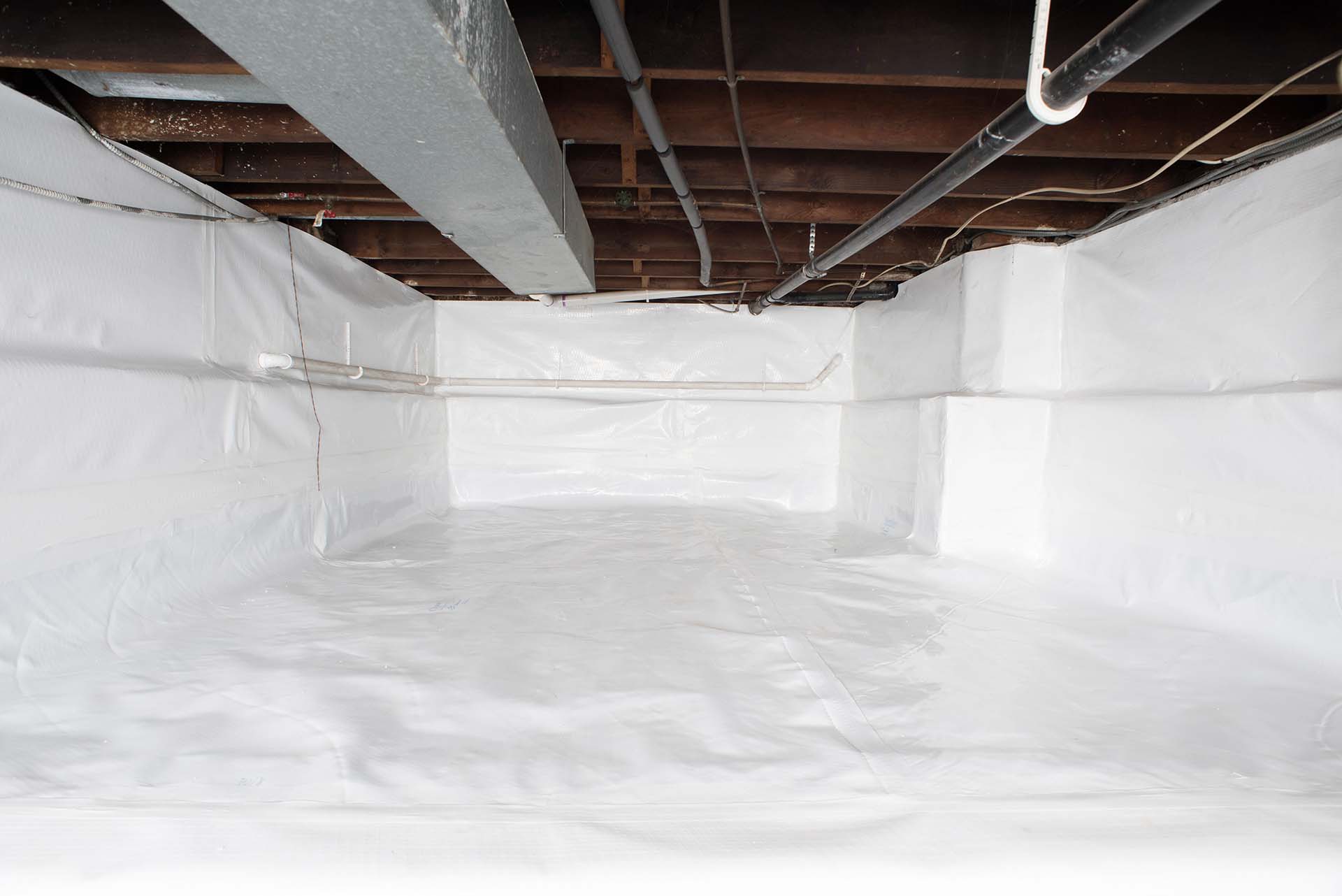
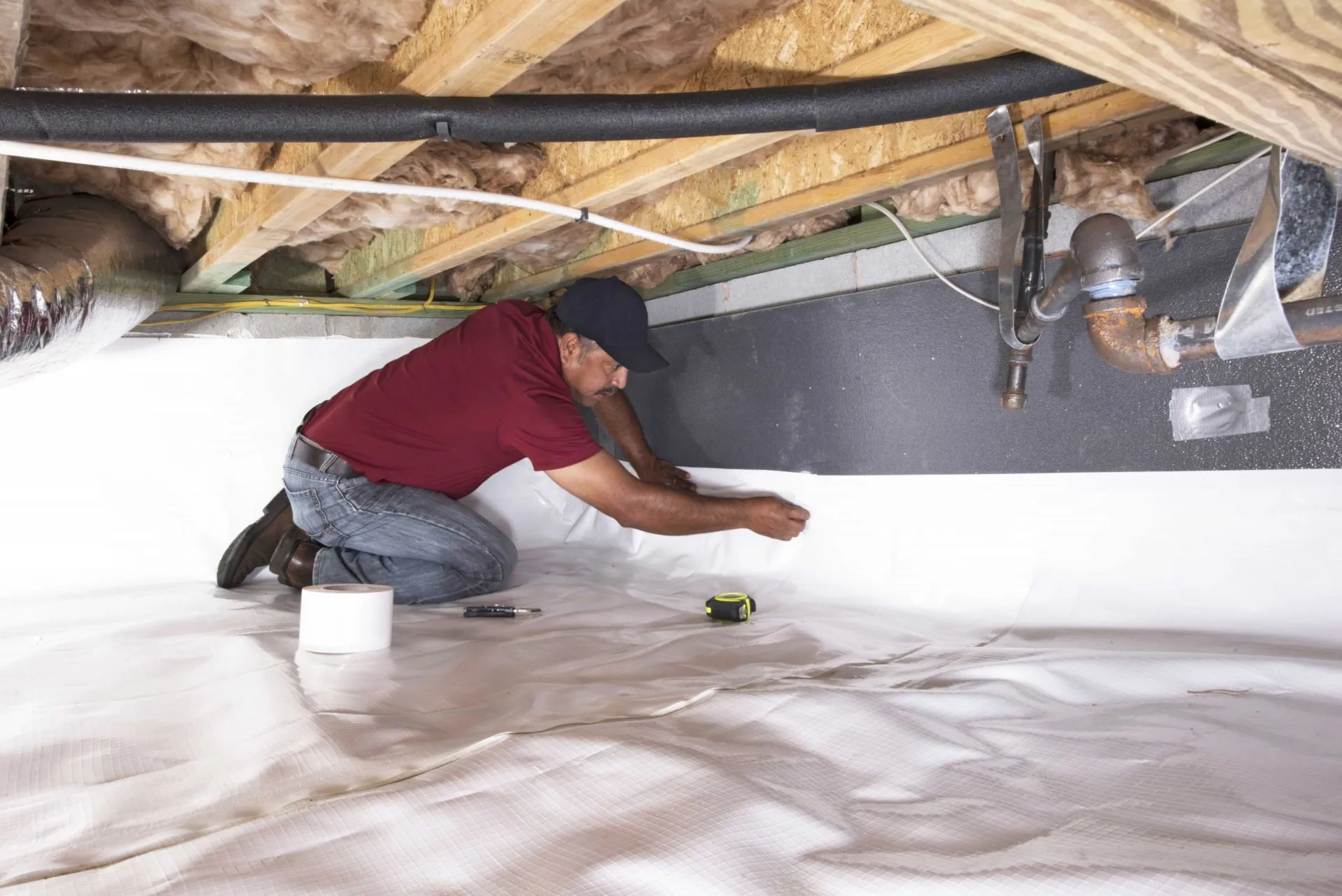
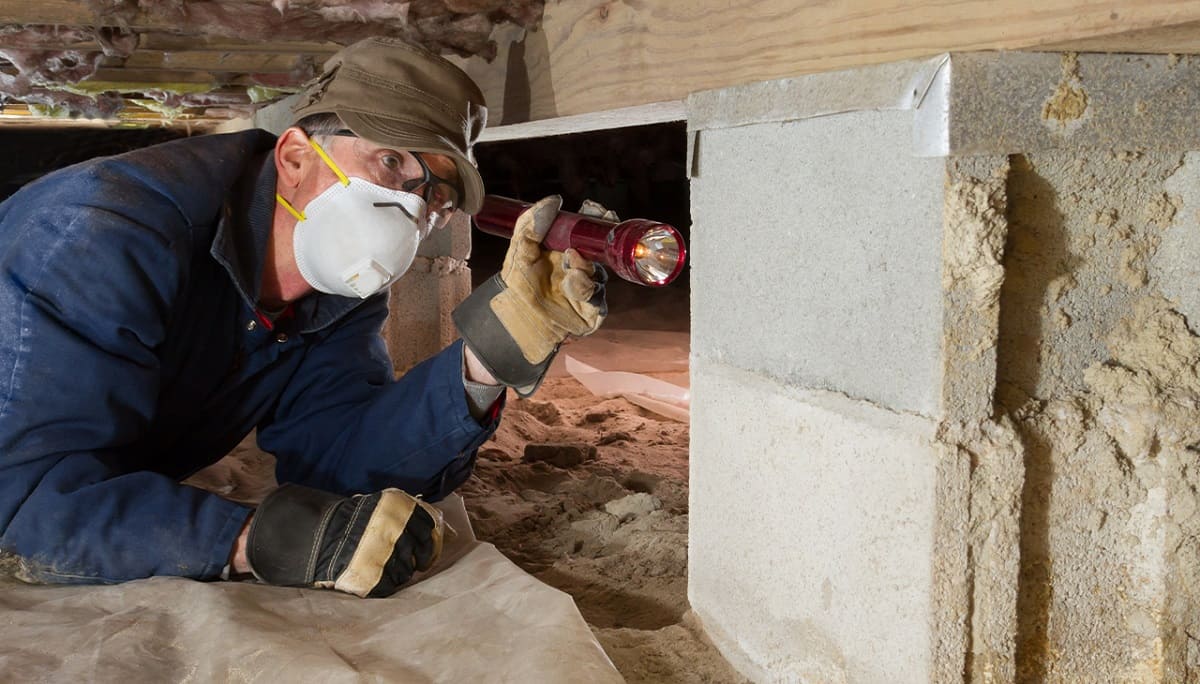

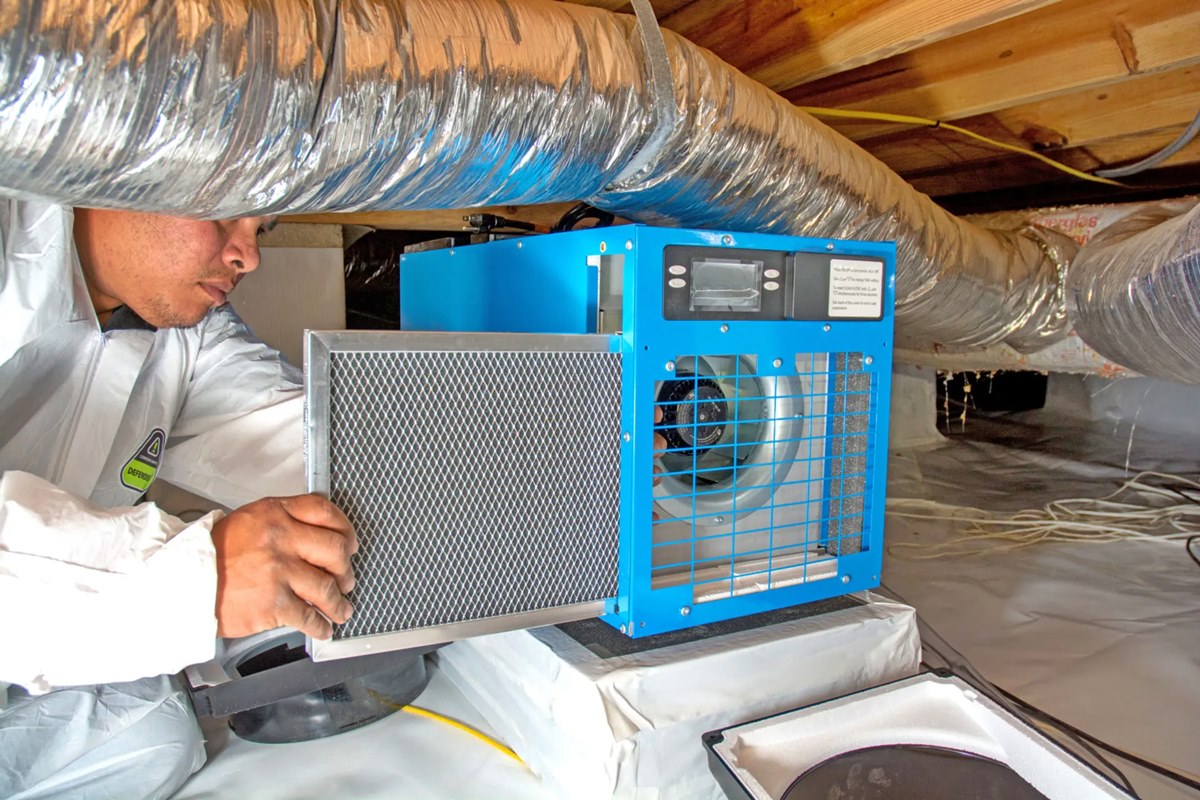
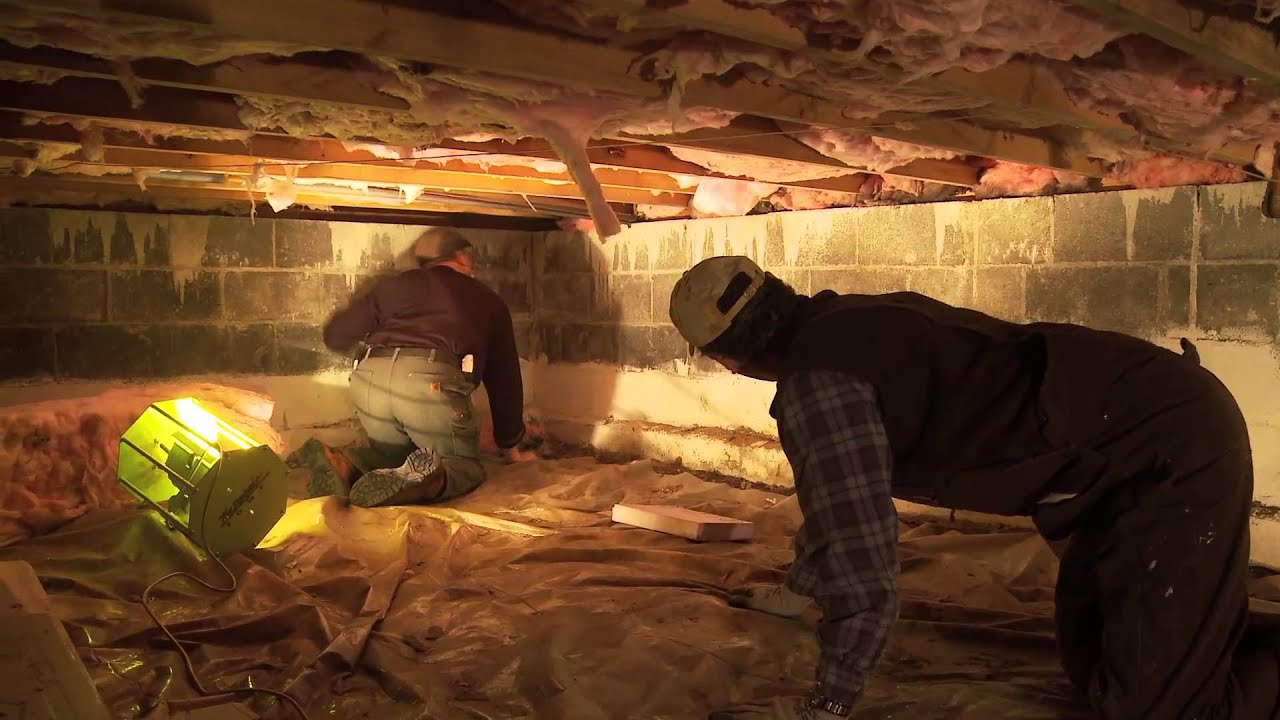

0 thoughts on “What To Do With Attic Crawl Space”